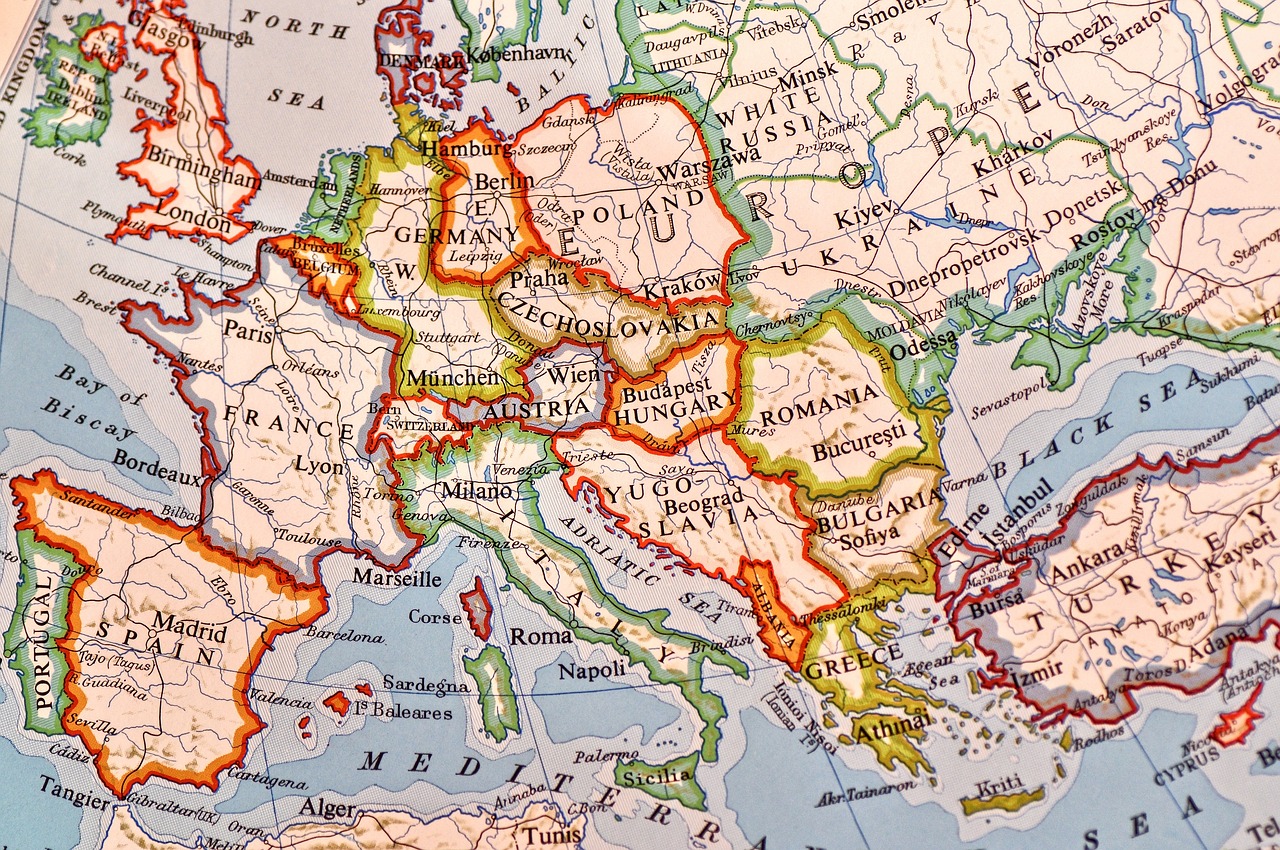The Impact of Migration on European Identity and Security
Since the 1960s, Europe has become a destination for migration, mainly from African and Asian countries. Due to the heavy losses in two world wars and poor demographic trends, which particularly affected Europe during those years, immigrants began filling the labor shortages. Europe did not have a strategy for long-term policies regarding immigrants. They were treated as temporary workers who would eventually return to their home countries.
The plan for the return of immigrants to their home countries did not materialize, and multiculturalism as an approach to integration has largely proven unsuccessful. In some countries, parallel communities have formed, raising questions about social cohesion and security. Instead of simultaneously considering measures to improve demographic trends within the local population, European leaders primarily relied on importing foreign labor as the main solution to economic needs.
Warnings About the Consequences of Migration Policies: A Look Back
During the 1960s, some European politicians warned about the potential negative consequences of migration policies. At that time, they expressed concern about the difficulties in assimilating migrants and predicted serious challenges with integration if migration continued without clear plans. Some proposed the return of migrants to their home countries as a solution to avoid potential conflicts. These views were often accompanied by dramatic imagery and warnings about possible consequences, reflecting deep concern about the long-term impact of migration trends at the time.
According to public opinion polls from that time, views that warned about the challenges of migration had widespread support, with around 70% of the public in the United Kingdom supporting them. Despite this, these views were controversial, and some of their advocates faced accusations of racism and were excluded from political life. Today, British political leaders and those in its cities come from various ethnic communities, which in itself need not be a bad thing. However, some draw historical parallels, emphasizing that significant demographic changes have played a role in historical events, such as the fall of the Roman Empire.
Similar processes are occurring in most other European countries. Populations are aging, states are doing little to improve the demographic situation (on the contrary, they promote ideologies that are anti-demographic, such as gender ideology), pension systems are on the brink of collapse, and labor shortages are being filled from African and Asian countries. In many European countries, Muhammad is already the most common name.
It seems that Brussels elites still plan to continue with the same policies in the future. On one hand, they promote initiatives like the Istanbul Convention, which includes gender equality and the rights of the LGBT community, while on the other hand, they consider addressing labor shortages through migration from Africa. Africa is a continent whose population will significantly increase by the end of the century, and many young people express a desire to emigrate, which presents a challenge for Europe’s migration policies.
The consequences of such policies can be seen in some European cities and their suburbs, such as Rotterdam, Amsterdam, Stockholm, Malmö, and parts of Brussels like Molenbeek, as well as Berlin’s neighborhoods Wedding and Neukölln. In communities where certain immigrant groups form the majority, cultural customs, language, and lifestyles from their home countries are often prevalent, indicating the failure of integration. These parts of cities have become replicas of the countries from which immigrants came, even though they are geographically located in Europe. These examples indicate the failure to align different cultures within the broader European society.
Europeans do not have the obligation or capacity to solve the problems of sub-Saharan Africa or accept refugees from various parts of Europe. Instead, they need to focus on addressing their own issues, primarily demographic, security, and political ones. Changing the demographic picture will also solve the labor shortage. Hatred toward one’s own history and traditions, along with the low birth rates, has brought Europe to the brink of suicide. The statistics are unforgiving.
Challenges of Preserving European Identity in the Era of Mass Migration
In less than sixty years, since the onset of mass migration to Europe, many parts of the continent have lost their European identity and become security problems. Migration continues to increase year after year, both legal (largely linked to the permanent economic progress) and illegal.
In conclusion, Europe is facing major challenges that require thoughtful and long-term political decisions. Preserving European identity, cultural values, and security cannot be ignored in the context of increasing migration flows. The existing migration policy systems display numerous weaknesses, and without a thorough reassessment and adjustment to the needs of European societies, integration problems could further escalate.
Implementing sovereign and nationally-oriented policies is key to the stability and preservation of European countries. Focusing on demographic and security needs will enable Europe to remain a strong and recognizable player on the global stage, while thoughtful migration management can ensure social cohesion and long-term stability within its borders.
